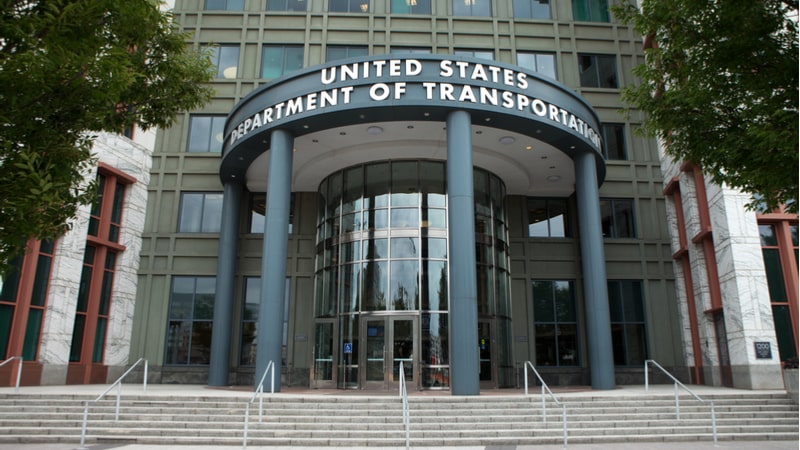
Looking ahead to a post-pandemic future, Department of Transportation (DoT) CIO Ryan Cote said at MeriTalk’s October 7 CIO Crossroads webinar that the workplace structure will be forever changed as organizations and Federal agencies realize the value of technology implemented throughout the mass shift to remote work.
When the pandemic first hit, DoT’s initial priorities were mission continuity in a new environment to keep employees safe and healthy. From Cote’s perspective, this meant working quickly to get the new environment running smoothly for the agency’s Office of the CIO.
“From the CIOs office, first and foremost, it’s creating the ability to connect, creating the environment in which they can be productive, giving them the platforms and the tools they need to collaborate and communicate,” Cote said.
With so many innovative tech options out there to meet this challenge, it was on Cote and his team to select the best choices on a case-by-case basis. Cote explained that he’s against choosing one blanket solution to overcome all challenges. “Our approach has been to not try to find a one size fits all approach, and to be flexible, to be agile,” he said.
The evolving tech landscape and slew of innovative options, explained Kevin Burnworth, Enterprise Relationship Manager of U.S. Public Sector at Citrix, is what has enabled organizations to fully embrace a remote way of life. “In looking at the technology that was around 15 years ago and fast forward to today, it’s leaps and bounds,” he said, preparing Federal agencies for adaptations such as remote work and shifting service delivery to a virtual environment.
Monali Shah, Strategic Business Executive for Public Sector at Google, continued that these adaptations and innovations have enabled a new way of government service delivery that benefits both constituents and agencies alike.
“There’s all these places where historically you wouldn’t have seen this [digital service delivery] happen,” she said, “and now they’re shifting their models and finding ways to deliver the same types of services in a way that actually improves the service for constituents because now it makes it more efficient and then it also makes it more efficient for the agencies because they’re also able to extend their reach of being able to provide services.”
Cote agreed with both sentiments, adding that DoT has invested in emerging tech such as cloud, encryption, SD-WAN, and more to allow data access from anywhere. “We have probably sped up everything we were doing and have attacked it with a renewed sense of vigor about data and about the network, primarily the security,” he said.
Collaboration and communication tools enabling remote work are also probably here to stay at agencies like DoT. According to Cote, the workforce landscape has “changed forever” and “we will have a large percentage of our workforce that will probably always be remote” because the new tech investments have proved to be so successful to productivity.
“What we want is an explosion of capability across the department, as long as we get that I see us keeping many tools,” Cote added.
To learn more, view the full webinar.
